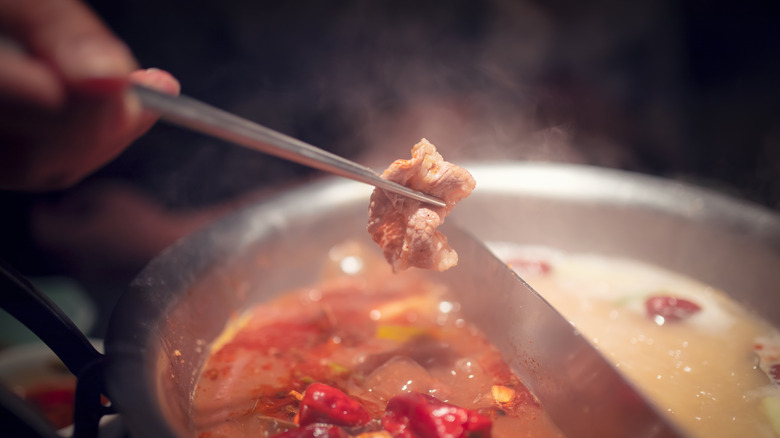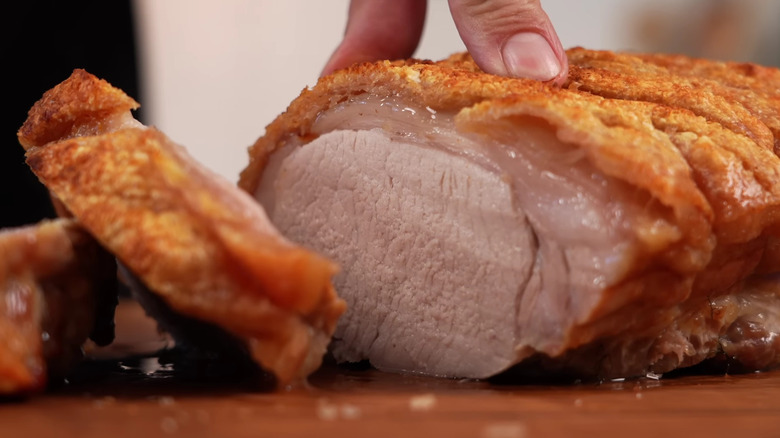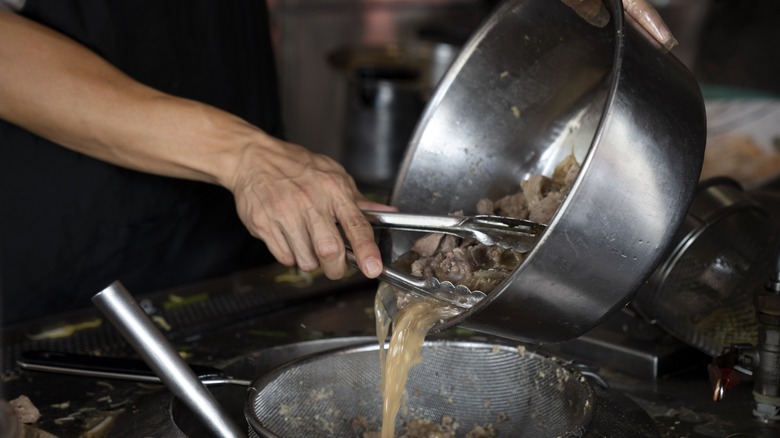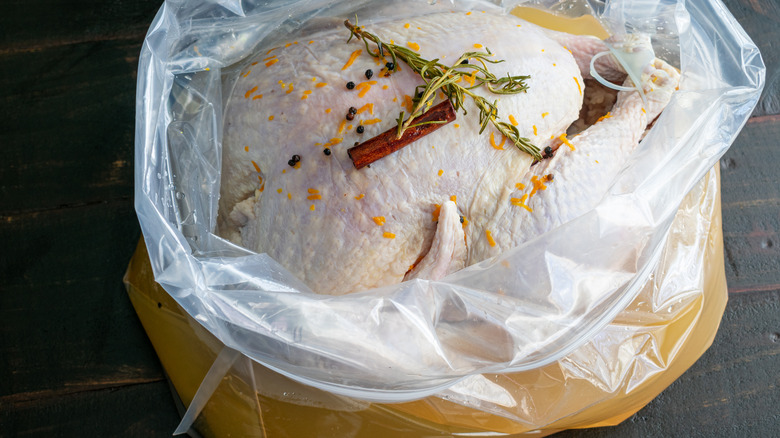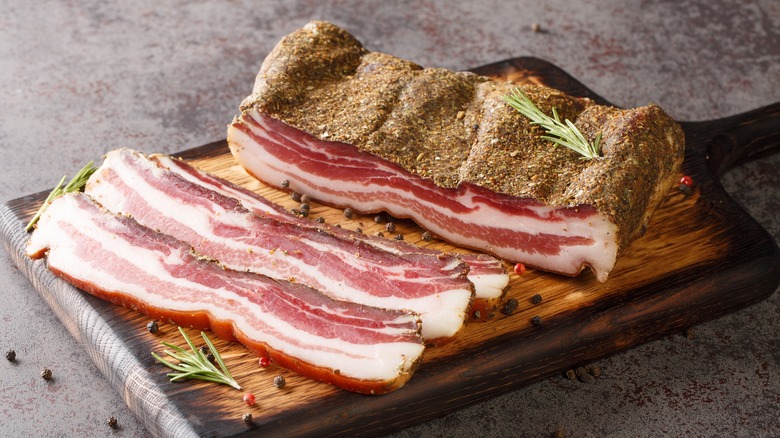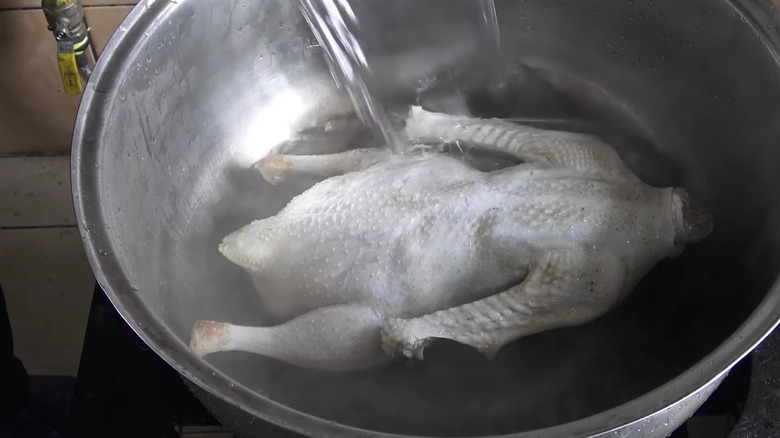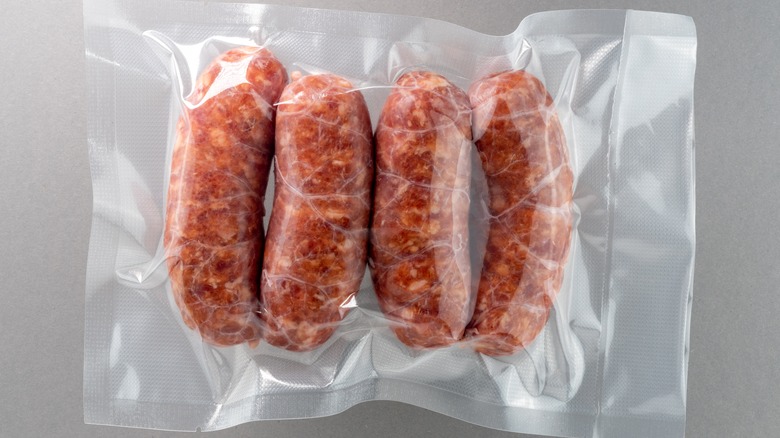7 Ways Boiling Water Magically Transforms Meats
Although not involved in human's earliest forays into cooking, boiling water has played an integral part in our culinary habits for around 30,000 years. Initially, boiling water presented an easy means of cooking; all our ancestors had to do was simply add ingredients and water together, boil until cooked and then serve. However, in the centuries after, boiling became a cooking method prized for its ability to transform meat and was long used to make tough meats more palatable as well as to aid the preservative process.
Today, boiling meat is an oft derided practice that brings to mind bland dishes and hunks of grey, overcooked meat. When used properly, however, boiling water still has the ability to transform it. What's more, as our culinary practices have progressed, humans have discovered new ways boiling water can be used to aid the cooking of meat.
In this article, we cover both the traditional and modern ways boiling water transforms meat. Try some of them for yourself and you'll soon see that this dated practice still has a lot to offer.
1. Boiling water creates crisp crackling
One of the best parts of roast meat, especially pork, is the thick, crisp layer of crackling that develops on its surface. There are many techniques designed to create the best layer of crackling possible, many of which call for the skin to be scored, rubbed with salt, and dried. An extremely effective, albeit less well-known step, is to pour boiling water over the uncooked skin. This is done with the goal of shrinking the rind, the tough outer layer of the pork. As the best crackling is produced from thoroughly dry pork, boiling water should only be poured over the pork the day prior to cooking.
A similar technique is used on poultry, including skin-on chicken. After being doused in boiling water and roasted, this chicken boasts incredibly crisp skin. Chef Cole Wagoner explained why pouring boiling water over meat has this affect in an interview with Lifehacker: "The skin starts to immediately shrink, pull back, and get much thinner and translucent due to the subcutaneous fat rendering under the skin and between the meat. This renders down everything that we work to render out during a perfect cook."
2. It softens tough cuts of meat
Tough, chewy cuts tend to come from muscles, which work a lot during the animal's life. Aside from building muscle, this work also sees this meat develop a lot of connective tissue, predominantly collagen. Collagen is an extremely tough protein and requires long cooking times to break down. For these reasons, frying or roasting tough cuts does not always result in them becoming tender.
Boiling is a fantastic way of breaking down collagen into gelatin, transforming even the toughest cuts of meat into something incredibly tender. However, the term boiling is not entirely accurate with collagen actually breaking down between 160 and 205 degrees F. Boiling water, which has a temperature of 212 degrees F, will break down collagen but it also overcooks meat, drying it out. For this reason, the majority of collagen-laden meat is actually better tasting when it's simmered at around 175 degrees F for prolonged periods. Because of this, many classical stews, including pot-au-feu, call for tough pieces of meat to be gently simmered rather than a boiled or fried.
3. It is essential for making meat broth
Broth and stock are generally viewed as the same thing with the terms being used interchangeably, although some suggest that broths are lighter. Regardless of how you define them, the both form the backbone of a lot of cooking. These liquids are nearly always produced by boiling meat, bones, and scraps in water and this process demonstrates the amazing ability of boiling — or simmering — water to transform meat scraps into something delicious.
Again, hot water's ability to break down collagen is one of the main reasons making broth works. The water infiltrates bones, carcasses, and cuts of meat and breaks it down into gelatin. This, in turn, gives the broth a nice, thick texture. This connective tissue, along with bone marrow and the meat scraps, is also responsible for giving the broth a great deal of its flavor.
Good broths are essential to many popular dishes, including risotto and cassoulet. Increasingly, broth is also being enjoyed on its own and has gained great renown as a health food. For this reason, boiling water's ability to transform meat scraps into broth is widely used by both amateur and professional cooks alike.
4. Boiling is a key step in brining
Brining is the process of submerging food in saltwater. This not only helps preserve the food but also improves its flavor. What's more, lean meat is often brined as it denatures the proteins, helping the meat to retain water during cooking. This makes the cooked meat moister and more enjoyable to eat.
Aside from denaturing proteins, brines can also be used to enhance the flavor of the meat. This is done by adding spices, herbs, and other ingredients to the brine. For these ingredients to fully release their flavor however, the brine must be boiled. This is because high temperatures are needed to release their flavorful essential oils.
Once boiled and imbued with lots of flavor, the brine is left to cool before the meat is introduced and soaked. After brining the cut of meat is ready to cook. The results speak for themselves with brined meat being noticeably juicier and much more flavorful.
5. It softens preserved meat
Humans have been preserving meat for thousands of years. The most common forms of preserving are salting, smoking, and pickling. While fantastic at preventing the meat from spoiling, these processes tend to toughen the meat, give it an intensely salty flavor and, in some cases, dry it out. For these reasons, preserved meats like pickled beef and pickled pork are often simmered in water before being served.
Simmering in water makes meat of this kind much more tender and therefore palatable. A simple broth arises as a nice aside. This can subsequently be used for other dishes, or, if bones and other scraps are available, made into a full blown stock.
Boiling can also be used as a means of reducing the high salt levels found in many kinds of preserved meat as chef Jason Fullilove highlighted in an interview with Livestrong: "Put meats cured with salt in a pan with some water, and simmer them for a few minutes. Then, discard the water and continue cooking in a little olive oil. This will make crispy bacon or pancetta with less salt."
6. It reduces the fat content of some meat
Excess salt is not the only thing boiling water can remove from meat; it can also be used to strip excess fat away. Most animal fat melts at temperatures under 203 degrees F, just below the 212 degrees F water boils at. For this reason, fatty animals such as geese, are often dunked in boiling water prior to roasting. This process causes some of the fat to melt away and makes the finished bird somewhat leaner.
Boiling meat to reduce its fat content is not a practice limited to whole cuts. Ground beef is often boiled after browning. The fat is taken up by the water and can easily be disposed via draining, leaving the beef itself much leaner than before. Larger chunks of meat can also be leaned out using the same method. However, some people prefer to avoid the use of water and instead let the fat drain away from the ground beef. Meat scientist Diana Clark explained why to Southern Living: "if you're worried about the grease, my suggestion is to simply drain your ground beef. Anything that remains is going to be the great flavor that you don't want to miss out on."
7. Boiling ensures that sous vide meat doesn't smell bad
One of the newer applications for boiling water is prepping meat prior to it going into a sous vide. Many cooks now dip their sealed cut of meat into boiling water for under a minute before cooking it. This is done to kill any lactobacillus, a type of bacteria, that's often found on the surface of the meat and the packaging.
While harmless, this bacteria can multiply during the meat's time in the sous vide, causing it to adopt an off putting, funky smell. Many people describe the smell as cheesy, which is not surprising given that lactobacillus are the dominant bacteria in cheese. Annoyingly, the presence of lactobacillus in the meat can also cause the sous vide bag to puff up during cooking, resulting in an uneven transfer of energy from water to meat.
The bag should be sealed prior to boiling as lactobacillus are prevalent in the air. This means they could easily inoculate the meat after boiling if the bag is left open for any duration of time. If done correctly, all lactobacillus should be killed by the short dip in boiling water. As a result, the meat won't smell funky and the bag will not puff up.
